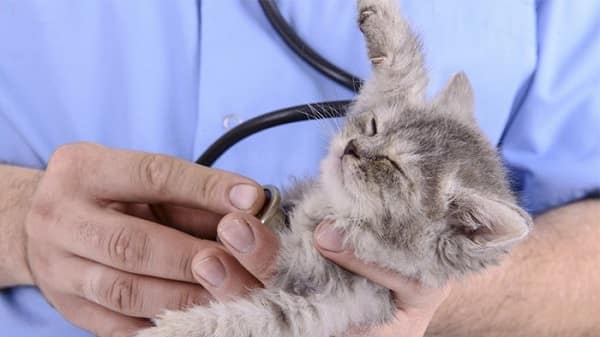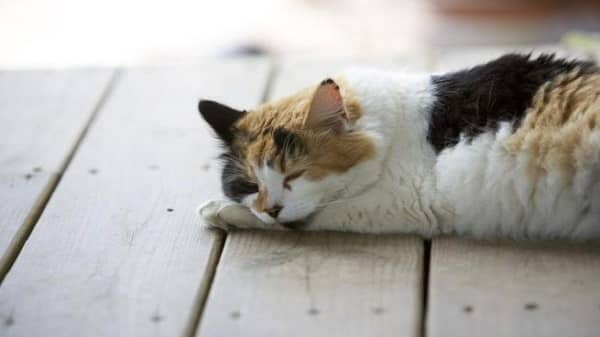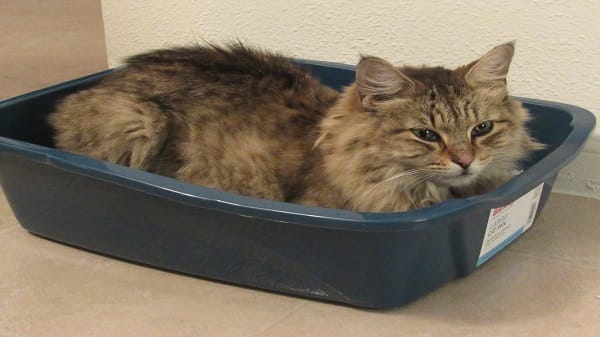Cats, like any other living creatures, are susceptible to various diseases. Understanding these common diseases in cats is essential for feline owners to recognize symptoms, seek timely veterinary care, and implement appropriate preventive measures. This comprehensive guide aims to provide an overview of some prevalent diseases that affect cats, including their causes, symptoms, and potential treatment options.
Common Diseases in Cats
By familiarizing yourself with common cat diseases, you can become better equipped to promote the health and longevity of your feline friend. While this list is not exhaustive, here are some common diseases in cats:
Feline Upper Respiratory Infections (URIs):
URIs are similar to the common cold in humans. They are often caused by viruses or bacteria.

Symptoms:
- Sneezing
- Nasal discharge
- Coughing
- Fever
- Loss of appetite
- Lethargy
Causes: Viruses (feline calicivirus, feline herpesvirus) and bacteria.
Treatment: Supportive care, such as providing a warm and quiet environment, ensuring hydration, and feeding palatable food. In severe cases, veterinary intervention may be necessary, including antibiotics or antiviral medications.
Feline Lower Urinary Tract Disease (FLUTD):
Feline Lower Urinary Tract Disease (FLUTD) is a collective term used to describe a range of issues, including urinary tract infections, bladder stones, and feline idiopathic cystitis (FIC). FLUTD can affect cats of any age or gender, although it is more commonly observed in middle-aged and overweight cats.
Symptoms:
- Urinating outside the litter box
- Frequent attempts to urinate
- Blood in the urine
- Straining during urination
- Vocalization during urination
Causes: Various factors, including urinary tract infections, bladder stones, stress, diet, and genetics.

Treatment: Treatment depends on the underlying cause. It may involve antibiotics for infections, dietary changes, pain management, or in some cases, surgery to remove bladder stones or address urethral blockages.
Feline Leukemia Virus (FeLV)
FeLV is a viral infection that weakens a cat’s immune system, making them more susceptible to other infections and certain types of cancer.
Symptoms:
- Poor coat condition
- Weight loss
- Anemia
- Recurring infections
- Cancer
- Lethargy
Causes: Transmission through close contact with infected cats, such as through mutual grooming, sharing litter boxes, or bite wounds.
Treatment: There is no cure for FeLV. Treatment focuses on managing symptoms and preventing secondary infections. Vaccination can help prevent the virus.
Feline Immunodeficiency Virus (FIV)
FIV is another viral infection that attacks the immune system in cats, weakening the cat’s ability to fight off infections and diseases.
Symptoms:
- Weight loss
- Chronic infections
- Poor appetite
- Gingivitis
- Enlarged lymph nodes
Causes: Transmission through deep bite wounds during fights between infected and non-infected cats.
Treatment: There is no cure for FIV. Management involves providing supportive care, preventing secondary infections, and ensuring a stress-free environment. Vaccination can help prevent the virus. This includes regular veterinary check-ups, vaccinations to prevent other diseases, a balanced diet, and a stress-free environment.
Dental Disease in Cats
Dental problems are common in cats, especially as they age. It can cause discomfort and affect their overall health.
Symptoms:
- Bad breath
- Inflamed gums
- Tartar buildup
- Tooth loss
- Reluctance to eat
Causes: Dental disease in cats is primarily caused by poor dental hygiene. Plaque and tartar accumulation leads to gum disease and tooth decay. Other factors such as age, diet, and genetics can also contribute.

Treatment: Regular dental care is crucial, including professional cleanings under anesthesia, tooth extractions if necessary, and daily brushing of the cat’s teeth at home.
Diabetes Common Diseases in Cats
Diabetes is a relatively common endocrine disorder in cats that affects their ability to regulate blood sugar levels. This condition occurs when a cat’s body can’t properly produce or respond to insulin.
Symptoms:
- Increased thirst and urination
- Increased appetite or, in some cases, decreased appetite
- Weight loss, despite an increased appetite
- Lethargy and weakness
- Dehydration
- Poor coat condition
- Sweet-smelling breath
Causes: The exact causes of diabetes in cats are not fully understood, but factors such as obesity, genetic predisposition, and certain medications may contribute to its development.
Treatment and Management: Treatment of feline diabetes typically involves insulin therapy to help regulate blood sugar levels. Alongside insulin therapy, a vet may recommend a specific diet that is high in protein and low in carbohydrates. Weight management, regular monitoring of blood glucose levels, and routine veterinary care are essential components of managing diabetes in cats.
Ear Mites
Ear mites are a common parasitic infestation that can affect cats, particularly kittens and outdoor cats. They are tiny parasites that live in the ear canals of cats. Ear mites are highly contagious and can spread from cat to cat through direct contact.
Symptoms:
- Frequent scratching of the ears and head
- Shaking or tilting the head
- Dark, crumbly discharge
- Redness and inflammation of the ear canal
- A foul odor coming from the ears
Treatment and Management: Cat ear mite treatment typically involves thorough cleaning of the ears to remove mites, debris, and wax. Your vet may recommend ear drops or spot-on treatments to eliminate the mites. Regular ear cleaning is essential to maintain ear hygiene and prevent future infestations.
Cancer Diseases in Cats
Cancer is a complex and unfortunately relatively common disease in cats. It can affect various organs and tissues, leading to significant health issues. Lymphoma is the most prevalent form of cancer in cats, although there are various other types of cancers that can impact domestic cats.
Symptoms:
The signs of cancer in cats can vary depending on the type, location, and stage of the disease. Common symptoms may include:
- Unexplained weight loss
- Loss of appetite
- Lethargy or decreased energy levels
- Persistent vomiting or diarrhea
- Difficulty breathing
- Changes in behavior or personality
- Visible lumps or masses
- Abnormal discharge from body openings
- Persistent lameness or difficulty in movement
Causes: There is no singular cause of feline cancer

Treatment:
Each cat and cancer case is unique, and the treatment approach may vary. The treatment options for cancer in cats depend on several factors, including the type and stage of cancer, as well as the overall health and age of the cat. Common treatment approaches include:
- Surgery
- Chemotherapy
- Radiation therapy
- Palliative care to provide pain relief and improve the quality of life
Conclusion
Cats can be susceptible to a variety of common diseases that can impact their health and well-being. Understanding the symptoms, causes, and treatment options for these diseases is essential for early detection and appropriate care.
Being attentive to your cat’s health, providing a safe and stress-free environment, and promptly seeking veterinary attention when needed are vital steps in ensuring the longevity and quality of life for your feline companion. With proper care and attention, you can help keep your cat happy, healthy, and free from common ailments.

